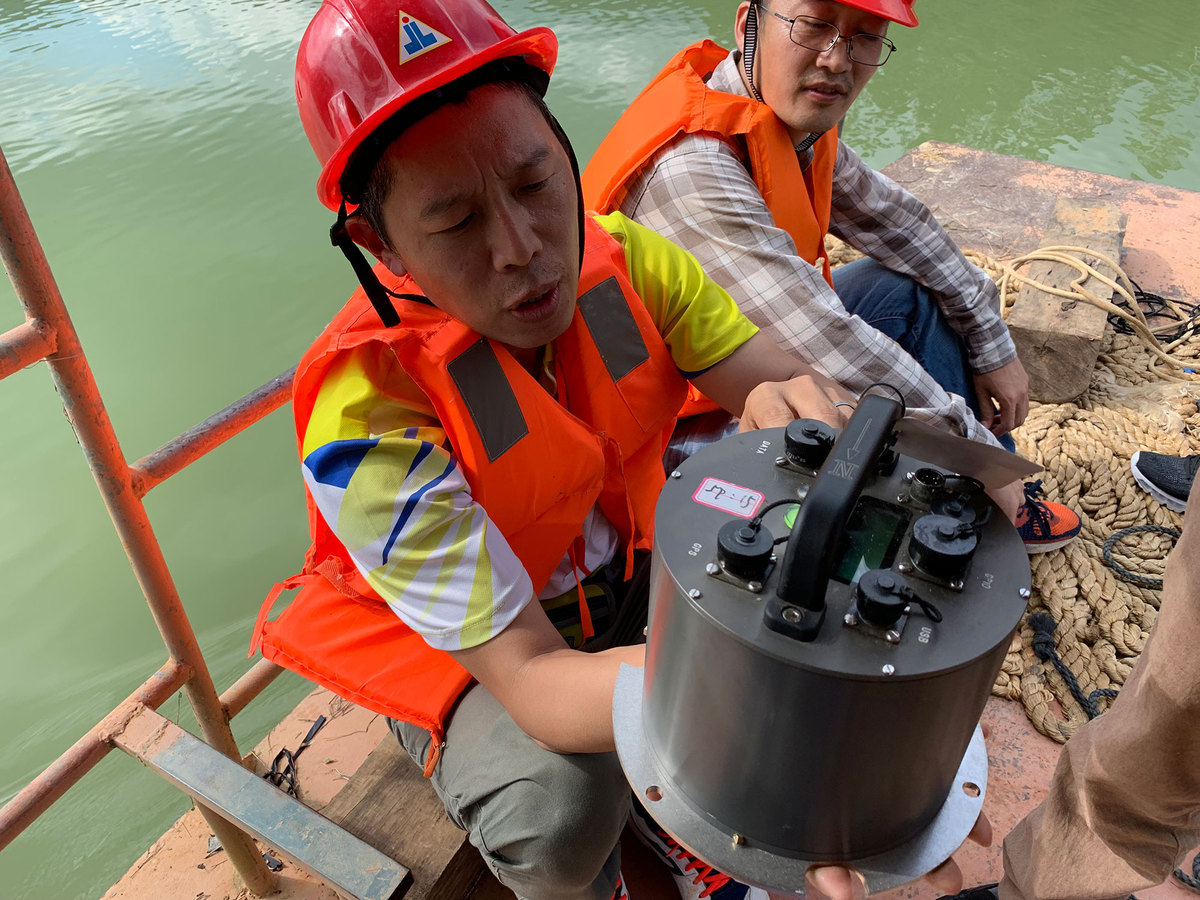Early alerts help save lives in quake-prone areas


Support program
After the devastating 2008 earthquake in Wenchuan, Sichuan, which killed nearly 70,000 people, China began paying more attention to early warning technology for earthquakes. In August of the same year, the China Earthquake Administration submitted a national science and technology support program for early warning measures.
Since then, the FJEA has also played an important role in China's early warning program.
The program, whose lead expert is a member of the FJEA, studies the key practical technology of seismic intensity rapid reporting, and earthquake early warnings are produced with strong support from the agency.
"Southwest China has the highest frequency of earthquakes, but Fujian (on the southeast coast) is also at high potential risk from such disasters. There are many epicenters in the Taiwan Straits that threaten us, and Fujian has suffered many earthquakes throughout history," said Wang Qingping, chief designer at the FJEA's Emergency Command and Publicity Center.
Seismic sensors in monitoring stations detect the waves that emerge from an earthquake before the temblor begins. These cylindrical bucket-like devices are so sensitive that they can even distinguish different types of aircraft by the frequency of the vibrations they produce. To capture seismic data promptly and accurately, the stations need to be densely located in different areas.
"Fujian has the most advanced and widely distributed monitoring stations in China. By 2020, we will have more than 1,300 different types of monitoring station across the province, which means one will be sited every 10 kilometers," Wang said.
"Today, mobile phones are the main source of instant information for many people. In 2010, we began developing earthquake early warning software, and now we have an independently developed smartphone app. From the moment we receive the seismic data, it takes less than a second to send warning notifications to phone users."
On Nov 26, a magnitude 6.2 earthquake struck in the south of the Taiwan Straits. The FJEA's seismic publishing platform sent an early warning to 2,380 mobile phone users and 3,750 terminals just 8.6 seconds after the earthquake was triggered. Schools in some coastal areas quickly evacuated their students without stampedes or casualties.
"We have a class related to disaster prevention every Friday, and an evacuation drill every month," said Wang Yichun, a student at Xinqiao Middle School in Jinjiang, Fujian.
"We also learn how to pitch a tent during our physical education classes. The exercises are fun, but more importantly, we get to know what to do after receiving an earthquake warning on the terminal or our phones."


















